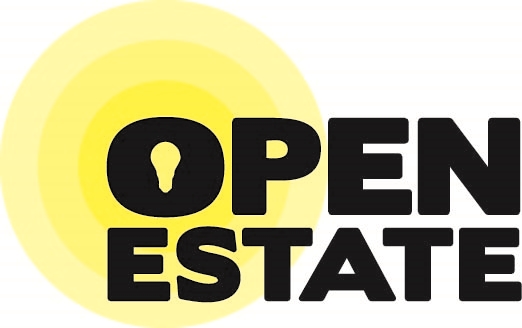Following 18 months of community-led creative activity on the Gascoigne Estate, Studio 3 Arts were delighted to share the conversations, research and artworks created through Open Estate. The festival was an opportunity to celebrate the personal and collective stories and memories of life on the Gascoigne Estate in Barking during the past 50 years.
Over the next decade, the estate is being rebuilt as part of one of London's most significant social housing regeneration schemes. Since we are based on the estate, it was particularly important for us at S3A to ensure that the day-to-day lives and stories of Gascoigne were not lost amongst the changing landscape. We developed a multilateral approach to capture some of the many facets of the history of Gascoigne, using the ways we know best; making art, having a chat and eating cake. Built between 1964-1972 to replace terraced housing that was home for many of the employees of the surrounding factories and riverside industries, the newly-built Gascoigne became home to over 4000 households and a primary school. Since then the Gascoigne Estate has changed and grown considerably. It is exceptionally diverse: over 75 different languages are spoken here; long-term residents live alongside people with fleetingly short-term tenancies; social housing alongside private tenants; families alongside individuals from all walks of life. The area has the second highest proportion of residents in Barking and Dagenham who hold a degree or above, but also the highest level of unemployment and deprivation in the borough. The primary school is the largest in Europe. Children, young people and families form the backbone of the estate playing in the pocket playgrounds, communal gardens, children's centre and nurseries. Prior to its demolition, the 'Blue Courts' provided space for sport and social encounters. Music is listened to, played and produced by young local artists and people have travelled far and wide to attend Gascoigne block parties.
Our Gascoigne Living Museum, next to the famous Gascoigne Fish Bar, became a hub for the life of our project and a go-to spot for a cuppa, after-school workshops and most importantly, a safe space to chat with friends, neighbours and artists. Conversation has been central to thios project and has led to people sharing all kinds of storis about their life here; about growing up here, bringing up children here, making friends here, moving here and moving away from here. Many of these stories were captured in interviews that were conducted as part of the project with our Open Estate partners, Eastside Community Heritage, that will go on to form part of the borough's archive at Valence House. Other stories are held within the personal objects and photos that have been shared by the residents. Fragments are interwoven into the soundscape developed by Gascoigne resident, artist and poet John Akinde, whilst other stories again form the basis of many creative experiments and artworks during workshops run by project artists Damien Robinson, Del Taylor and Simeon Featherstone.
Since its inception, the project has been very much led by Gascoigne residents, who have been generous in volunteering their time to not only champion the project but also to undertake interviews within the community, and all the subsequent transcribing that came with it. They've also attended training and workshop sessions, organised gallery and museum visits and study trips. It is their passion, insight and knowledge of the area that has informed the curation of this festival. Their connections and creative ambition has been integral to making this project genuinely locally-led and rooted. We were overwhelmed by the work of our volunteers. This project has been truly special as a result of their care and time and Studio 3 Arts are incredibly grateful.
Rosie Ross, Head of Projects, Studio 3 Arts.







